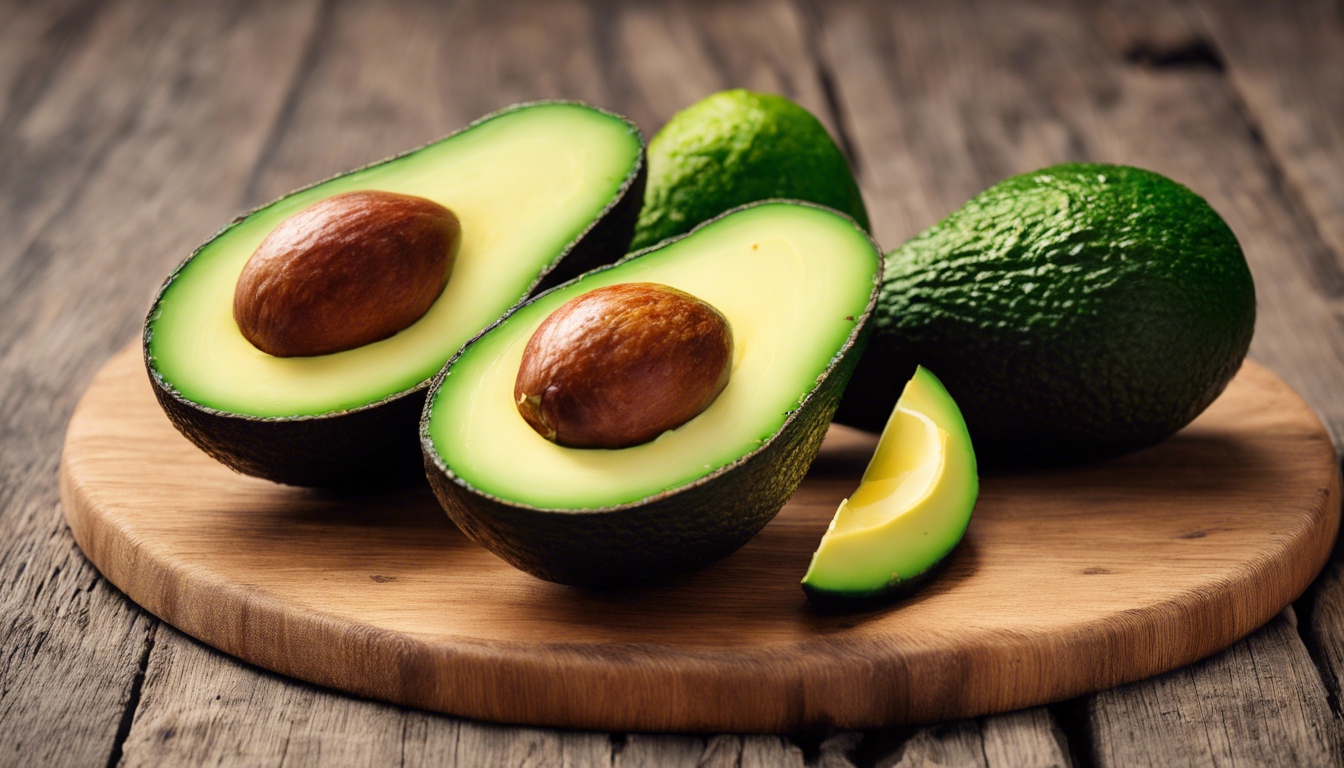
Understanding ketosis and its role in weight loss
Ketosis is a natural metabolic state where the body burns fat for fuel instead of carbohydrates. When you consume a diet low in carbs, the body begins to deplete its glycogen stores, which are the preferred source of energy during normal circumstances. Once these stores are used up, the body needs to find an alternative energy source, which is where fat comes into play.
When the body switches to burning fat, it produces ketones, which are molecules that can be used as fuel for the brain and muscles. This is ketosis. It’s essentially the goal of a ketogenic diet—to encourage the body to enter this fat-burning state. But how does this relate to weight loss?
The connection between ketosis and weight loss is direct. By limiting carbohydrates, the body is forced to turn to its fat reserves for energy, which results in the burning of fat. That’s particularly effective because a ketogenic diet can help decrease appetite. This decrease is often due to the satiating nature of fats, and additionally, ketosis has been associated with a reduction in ghrelin, often referred to as the hunger hormone.
Moreover, a ketogenic diet can lead to a significant reduction in insulin levels. Lower insulin levels can help to reduce fat storage and encourage fat burning, making it easier for the body to lose weight. When the body burns fat, it not only uses stored body fat but also fat from the diet, leading to weight loss from multiple fronts.
It is important to note that while ketosis is a key part of the ketogenic diet, it is not the sole reason for weight loss. Caloric intake still matters, and to lose weight, you need to be in a caloric deficit, meaning you consume fewer calories than you burn. A ketogenic diet can make it easier to eat fewer calories without feeling hungry, but it is not a carte blanche to eat an unlimited amount of fats. Understanding the balance of caloric intake and expenditure is important for successful weight loss on any diet, including keto.
The pace and extent of weight loss on a ketogenic diet can vary from person to person. Factors such as age, gender, activity level, and overall health all play roles in how quickly someone loses weight. It is also important for individuals to know that a significant portion of the weight lost, especially during the early stages of keto, can be water weight since glycogen is stored with water molecules in the body.
Lastly, achieving and maintaining ketosis can be challenging and requires a disciplined approach to the diet. It can take anywhere from a couple of days to a week for the body to enter ketosis after starting a ketogenic diet. Sticking to a strict carbohydrate limit, monitoring your ketone levels, and being patient with the process are integral to this unique fat-loss strategy.
The basics of intermittent fasting
Intermittent fasting is a time-honored approach to eating that focuses more on when you eat rather than exactly what you eat. It involves cycling between periods of eating and fasting, which can range from a few hours each day to entire days each week. This pattern doesn’t specify types of food but rather dictates when you should be eating them.
There are several methods of intermittent fasting, with the most popular ones being the 16/8 method, the 5:2 diet, and eat-stop-eat. The 16/8 method, also known as the Leangains protocol, involves fasting for 16 hours each day and eating all your meals within an 8-hour window. An example would be skipping breakfast and only eating between noon and 8 PM. On the other hand, the 5:2 diet entails eating normally five days a week while restricting calories to 500-600 for two non-consecutive days. Meanwhile, eat-stop-eat involves a 24-hour fast once or twice a week, challenging but also potentially very beneficial for weight control.
One of the key benefits of intermittent fasting is that it can help lower insulin levels, improve metabolic health, and induce autophagy, a process where cells remove and recycle components to maintain homeostasis. In addition, fasting can increase levels of the hormone norepinephrine, boosting metabolism and promoting fat loss.
It’s important to understand that intermittent fasting is not just about skipping meals but involves creating a systematic approach to eating. It’s crucial to consume nutrient-dense foods during your eating windows to ensure your body gets the fuel and nutrition it needs to thrive. This way, you maximize the effectiveness of the fasting period without sacrificing the quality of your diet.
Despite the numerous benefits, intermittent fasting isn’t for everyone. It’s critical to listen to your body and ponder any underlying health issues. For some people, like those with certain medical conditions or pregnant and breastfeeding women, intermittent fasting may not be appropriate.
When done correctly, intermittent fasting can be a powerful tool. It integrates seamlessly with the ketogenic diet, as fasting may naturally lead to a reduction in carbohydrate intake, therefore supporting the body’s transition into ketosis. Now that we’ve deconstructed the pillars of intermittent fasting, let’s delve into the synergy that manifests when you combine keto with fasting to amplify fat loss.

Combining keto with fasting for optimal results
Imagine a metabolic state where fat stores are targeted around the clock—it’s not just a dream for those looking to shed weight. When coupling the ketogenic lifestyle with intermittent fasting, lovers of this duo method are essentially marrying the benefits of two robust fat-loss strategies. By orchestrating the eating patterns of intermittent fasting with the nutrient-specific guidelines of a ketogenic diet, optimal body composition changes often follow, but understanding the joint mechanism is vital.
First, ponder the influence on insulin sensitivity. Both keto and fasting have been shown to lower insulin levels, as mentioned earlier. By pairing them, you’re doubling down on this benefit. During fasting periods, your body exhausts glucose stores and, with nowhere to turn, seeks out those fatty reserves—just what keto has primed your body to do. It’s like setting up a game where the rules work overwhelmingly in your favor.
Fasting furthermore has this nifty trick up its sleeve; it’s not exceptionally biased either. While it pushes the body to fat-burning, it also bolsters fat oxidation—the breakdown of existing body fat into fatty acids that can then be used for energy—to a greater extent when your dietary fat intake is already low, courtesy of the close of your eating window.
Intermittent fasting also might make your keto journey more palatable. Some find it much easier to maintain a strict low-carb, high-fat diet if they’re eating less frequently. Not to mention, alas, you might find that hunger pangs often dwindling, as your body adapts to extended periods without food—it starts becoming content with its internal energy stores, and feelings of satiety are commonplace owing to ketones’ appetite-suppressing properties.
Yet this partnership of fasting and keto isn’t simply about dropping pounds. There’s also autophagy, remember? This cellular housekeeping, rejuvenated by fasting, could be considered an ally in your health endeavor, clearing out cellular debris and potentially contributing to improved overall function and longevity. Enhanced autophagy, coupled with the anti-inflammatory benefits of a well-formulated ketogenic diet, might just be your fortification against various ailments.
Jumping into a paired keto and fasting lane isn’t without its hurdles, though. Some find this approach to be quite the juggling act, at least at first. Striking a delicate balance between sufficient nutrient intake during eating windows and ensuring they maintain ketosis during fasting can be a tightrope walk worth mastering. That’s why attentiveness and possibly the guidance of a knowledgeable healthcare provider can go a long way.
But those who withstand the initiation soon might echo it’s worthwhile. Those engaging in this duo strategy often report enhanced mental clarity, steady energy levels sans sugar crashes, and, of course, the coveted efficient fat loss. Not to mention, the simplicity of fewer meals eases decision fatigue and can simmer down meal prepping’s often chaotic nature.
Do bear in mind, tailoring both keto and fasting to suit one’s individual lifestyle, health status, and goals is paramount. There’s no one-size-fits-all in the complex web of human physiology. The ultimate reward is a fat loss strategy hinged on understanding that while the body has an innate wisdom in its biological processes, the power of intent, strategic eating, and fasting can fine-tune that wisdom to serve our greater health ambitions.
Addressing challenges and safety considerations
Transitioning into and maintaining a ketogenic lifestyle while practicing intermittent fasting presents several challenges and safety considerations that should not be overlooked. Abrupt dietary changes may cause the body to react with symptoms commonly known as the “keto flu,” which can include fatigue, dizziness, and irritability, primarily due to electrolyte imbalances and dehydration as the body adjusts to carbohydrate restriction.
To navigate this, it is imperative to ensure proper hydration and maintain an adequate intake of electrolytes, such as sodium, potassium, and magnesium. Electrolytes are crucial for maintaining muscle function and other cellular processes, and their balance is often disrupted during the initial phase of ketosis.
Moreover, individuals with pre-existing health conditions, especially those involving the liver, pancreas, thyroid, or kidneys, should approach keto and fasting with caution. Consultation with a healthcare provider is strongly recommended before starting these protocols to ensure they’re appropriate and safe for you. Undiagnosed health conditions can be exacerbated by such radical dietary changes, and close medical supervision can preemptively address any complications.
There are also potential nutritional deficiencies to think when meals are skipped or specific food groups are eliminated. A finite eating window may limit the intake of essential vitamins, minerals, and other nutrients. On a ketogenic diet, the reduction in fruit and certain vegetable consumption due to their carb content also raises concerns regarding adequate fiber intake, which is vital for digestive health. Therefore, it is essential to plan meals meticulously to ensure all macro and micronutrient requirements are met within the permitted foods, which may sometimes mean incorporating high-quality supplements.
For those on medication, especially insulin or other diabetes medications, fasting and a keto diet can have significant effects on blood sugar levels. Medications may require adjustments to prevent hypoglycemia. Regular monitoring and a healthcare professional’s guidance are non-negotiable in these instances.
Lastly, it is important to prioritize one’s relationship with food. Moving in and out of fasting periods can create psychological stress and may unintentionally foster disordered eating patterns. It’s critical to approach keto and fasting with mindfulness and self-compassion, honoring your body’s hunger and fullness cues. Mental health is as crucial as physical health, and an extreme focus on dieting should never come at the expense of overall well-being.
Addressing these challenges and safety considerations doesn’t diminish the merits of keto and fasting; it ensures that they’re executed in a manner that upholds the highest standards of health and longevity. It underscores the importance of personalizing these strategies and remaining attuned to the body’s signals. Ultimately, the goal is to embark on a sustainable journey towards health, not a fleeting pursuit of quick results.